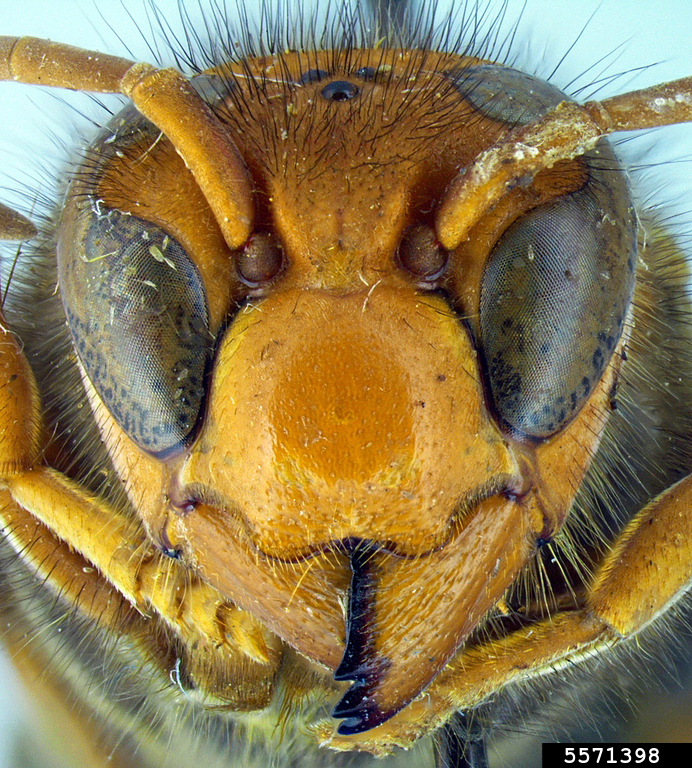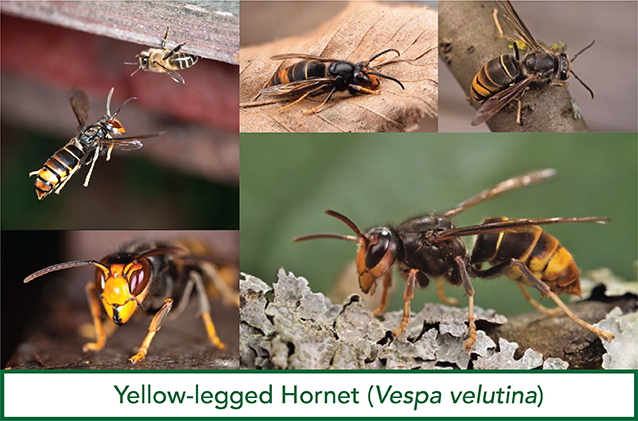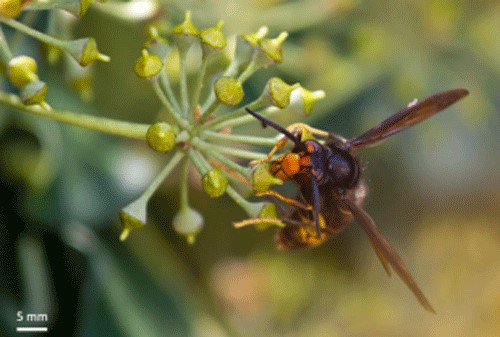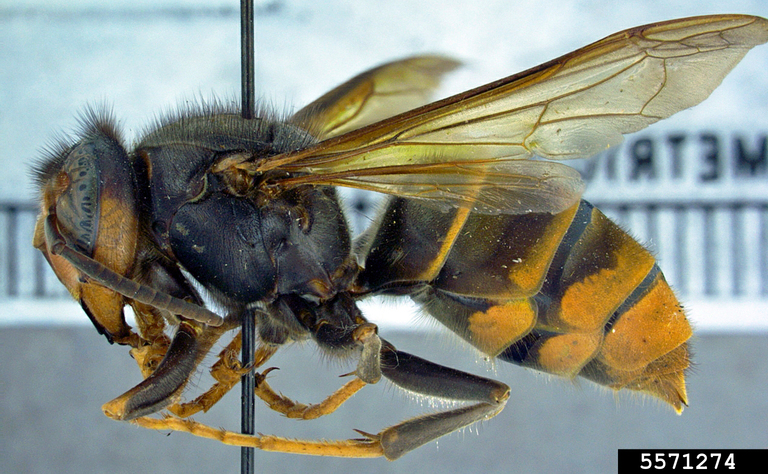provided by UF/IFAS
The spotting of a new predatory hornet in Georgia could mean trouble for Florida’s imperiled honey bees if it spreads further South.
To track the spread of the yellow-legged hornet, scientifically named Vespa velutina, UF/IFAS honey bee experts are working with the Florida Department of Agriculture and Consumer Services to spread the word on what residents can do if they see or catch one of these hornets.
“Honey bees in North America have no natural defenses against the yellow-legged hornet, so keeping this species from making a home in Florida is of the utmost importance to our honey bee populations and thus our food supply,” said Amy Vu, state specialized program extension agent for the University of Florida/IFAS Honey Bee Research and Extension Laboratory.
The Vespa velutina is an invasive hornet that preys on honey bees and honey bee larva. The first United States sighting of the predator, which has already damaged Europe’s bee populations, was last week in Savannah, Georgia, by the Georgia Department of Agriculture after a backyard beekeeper spotted, captured and reported two hornets.
The yellow-legged hornet is smaller, but similar to the Vespa mandarinia, known by its nickname the “murder hornet,” which has a distinct orange mark on its head.
The yellow-legged hornet is best identified by its yellowish-white-colored legs, is about 1.2 centimeters to 3 centimeters long, and has a broad orange-yellow face with large, prominent eyes. The thorax and abdomen are mostly black with a single yellow section near the end of the abdomen, according to UF/IFAS informational documents.
The yellow-legged hornet is often mistaken with the commonly seen European hornet, Vespa crabro, which is not a substantial threat to bees. The European hornet does not have yellow/white legs. European hornet samples should not be submitted, if possible.
To report a suspected yellow-legged hornet email dpihelpline@fdacs.gov or call the FDACS hotline at 1-888-397-1517.




